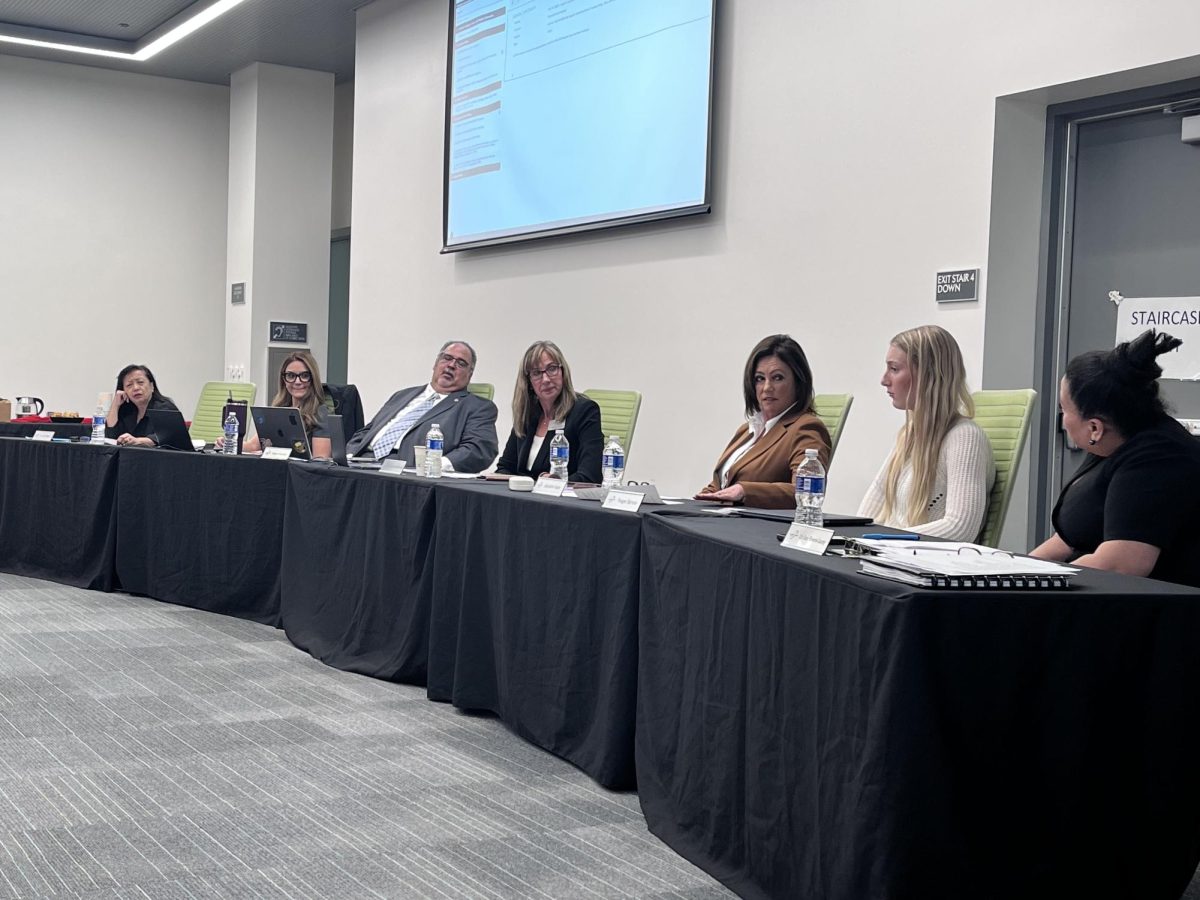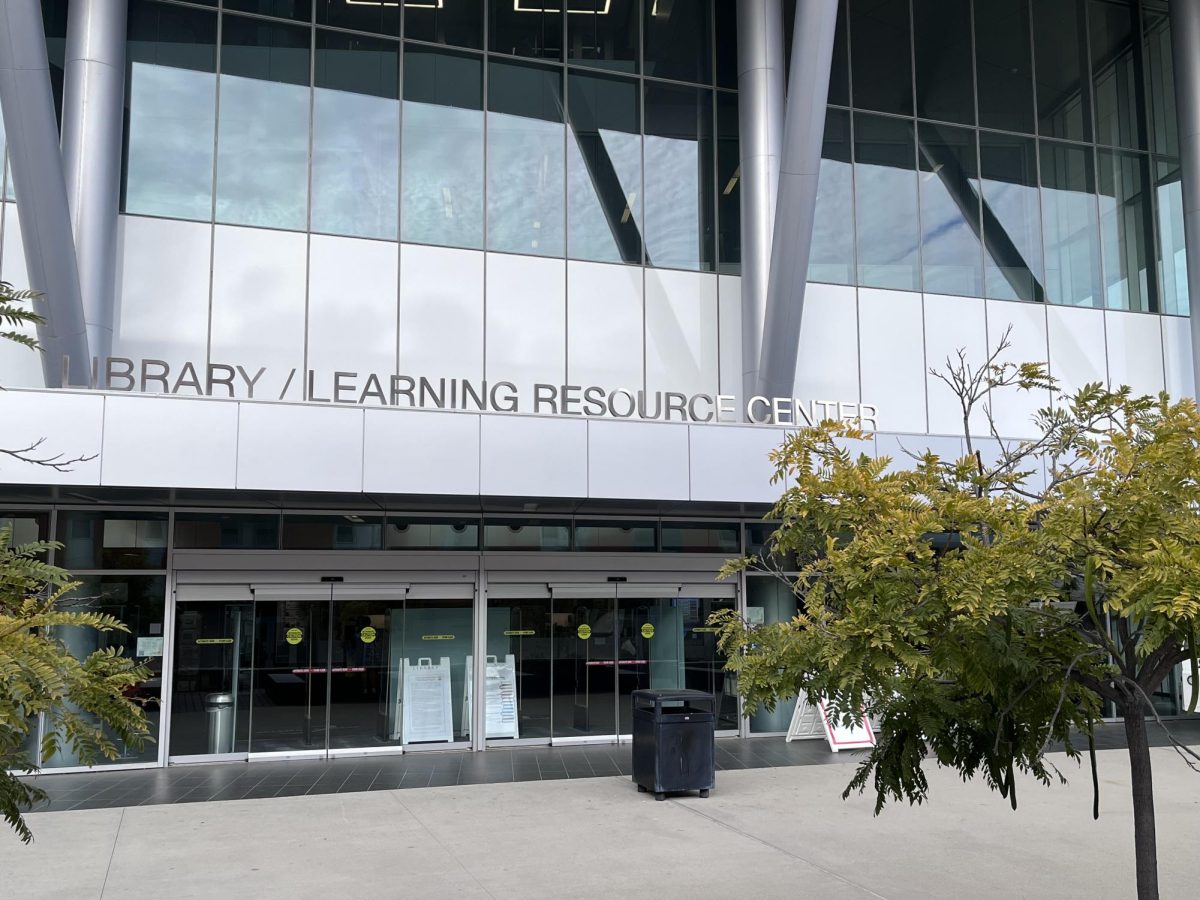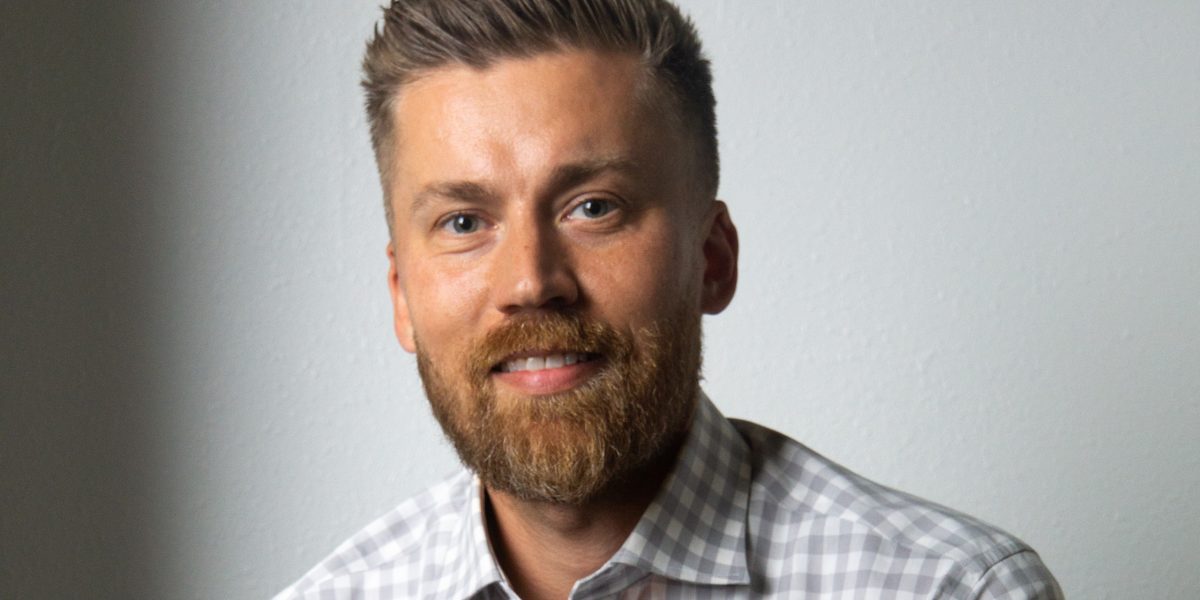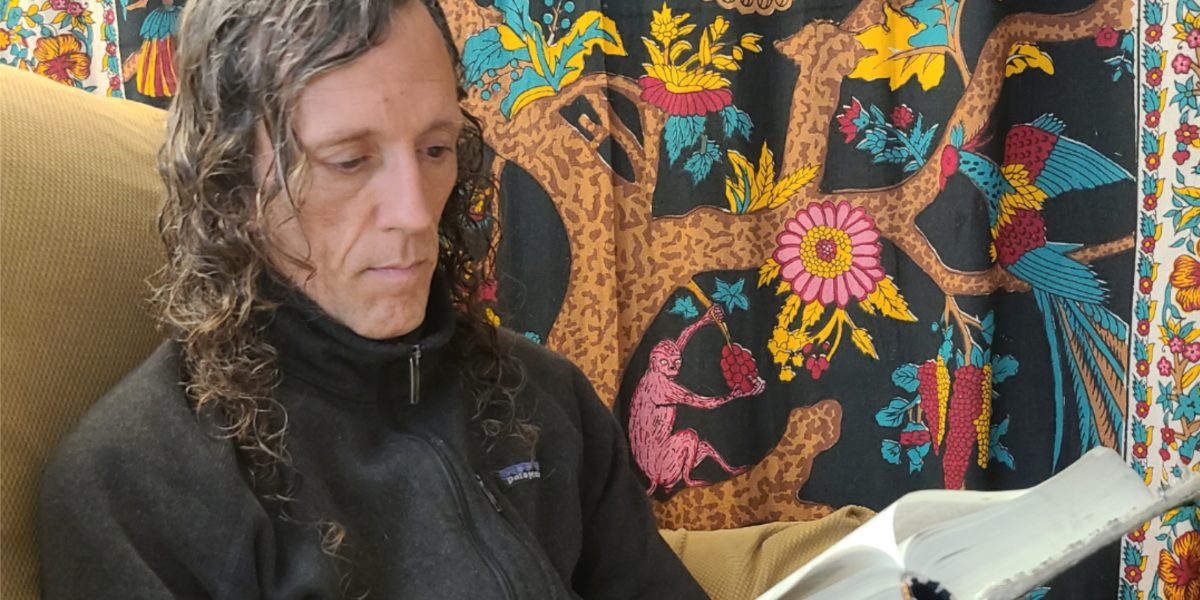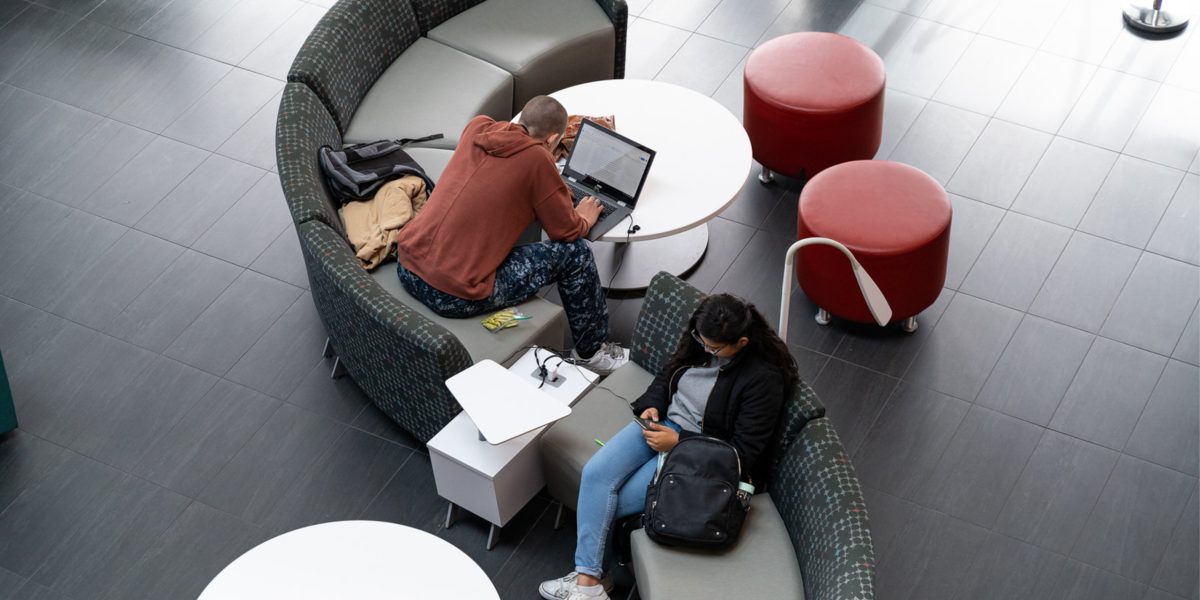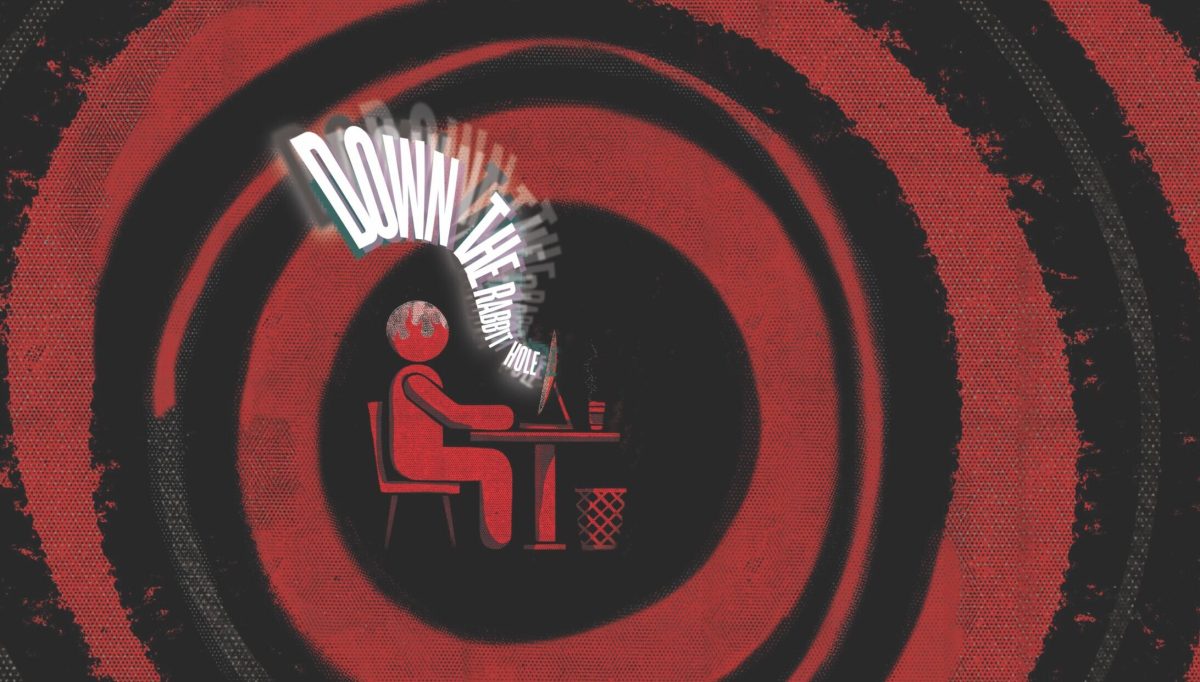Online therapy did, in fact, exist before the COVID-19 pandemic, but it skyrocketed once society was forced to stay home. There were a few instances where you might’ve heard about it, but the popularity of it was borderline unheard of. However, when COVID hit in 2020 and people were ruled into staying indoors, left their jobs, and raided grocery stores, terms such as e-therapy, teletherapy, telepsychology, or online counseling became very common.
College students are very busy in their day-to-day lives with school and work and limited social life, so when it comes to needing therapy, they want unbiased opinions from people who are professionals instead of family members.
In a review published in the Indian Journal of Health & Wellbeing in 2022, authors Sajal Dhillon and Gobind Verma stated, “Increased accessibility, higher level of comfort as well as convenience, and less expensiveness are some of the prime advantages of online mode therapy.”
With students already spending so much money on student loans, parking permits, food, bills, and more, they don’t want not only to travel to see someone for help but also don’t want to pay an expensive amount that everyone deserves. With online therapy, students can access aid and support from the comfort of their own homes or wherever they may be at the time of their appointment without spending money on gas.
In an interview with Dr. Patrick Savaiano, who is the director of Palomar’s Behavioral Health Counseling Services, he discussed the importance and benefits that the online therapy services Palomar College provides. Palomar therapy services are already paid for when you pay the $23 at the beginning of the semester. It also has an online therapy service—called “telehealth”—that can be either over the phone or a video call, depending on what the student prefers. Therefore, whether you have classes on campus or online lectures on Zoom or asynchronous, you always have that option available, no matter the situation.
“We were in the process of starting out Tele-Health services that same semester that COVID happened. I had taken a course for the service about the consideration ethical and legal that we needed to keep in mind when implementing what we would need for telehealth,” Dr. Savaiano said, “Funny thing, that is when COVID happened, and that whole process for our online therapy service was accelerated.”
Dr. Savaiano used examples like being sick and not being able to come to campus, exclusively taking online classes, or having work shifts the day of your appointment. “I’m happy that we are still able to move forward in the treatment plan and assist students with their personal wellness goals,” he said. You can also convert your in-person appointment to a virtual one if something were to come up, and vice versa if you realize that you are more comfortable with seeing someone face-to-face on campus.

Though there are many benefits, there are some pros and cons with telehealth. However, it was new to Palomar and the faculty had to learn about it quickly when the world went on a lockdown. “There are certain safety precautions, legal, and ethical implications we have to think through now that the student isn’t directly in front of us,” Dr. Savaiano said, “One of them being where are they? Are they in a safe space during this virtual appointment? We won’t engage in telehealth until we know where the individual is physically so we can ensure safety to the best of our ability. Our licenses allow us to provide these services to individuals in the state of California, but if they’re outside of it, we would have to get a resource that is local to them.”
He explained that it becomes complicated when someone who might seek to harm themselves is on a virtual appointment in an area where the faculty can’t locate them. In these cases, having the therapy appointment in-person on campus becomes the safest option.
And while in-person therapy sessions are still popular, the flexibility that online services provide has allowed more people to access the help they need. In the previously mentioned article, Dillhon and Verma stated that “Online therapy has emerged to be as fruitful as traditional in-person therapy for the treatment of anxiety and panic disorders, depression, and post-traumatic stress disorder (PTSD).” There are some studies that say virtual appointments are more popular with youth and young adults because they feel more comfortable talking to a screen in a space that is familiar to them than going in person.
In some cases, having a working phone or computer is still asking for a lot, which leaves some students needing in-person guidance. However, with today’s rising numbers on necessary expenses like “housing, transportation, and gas prices, all those factors can lead to students being able to access us and connect with one of our providers without having to spend extra money to physically come to see us.”
Dr. Savaiano said that Palomar College provides both options to students, so it can be the most beneficial for the students. He elaborated that the popularity between both services is roughly 50/50, and it really depends on what works for the student by their lifestyle and the accessibility they have to either the campus or an electronic device.
Because the virtual services provided not only at Palomar but around the world for everyone has become so popular and continues to rise with popularity, Dr. Savaiano sees this electronic option to help with mental health to last a lot longer than this time period where COVID is still so actively involved with our day-to-day lives. “I think that online therapy is here to stay,” he said. •

